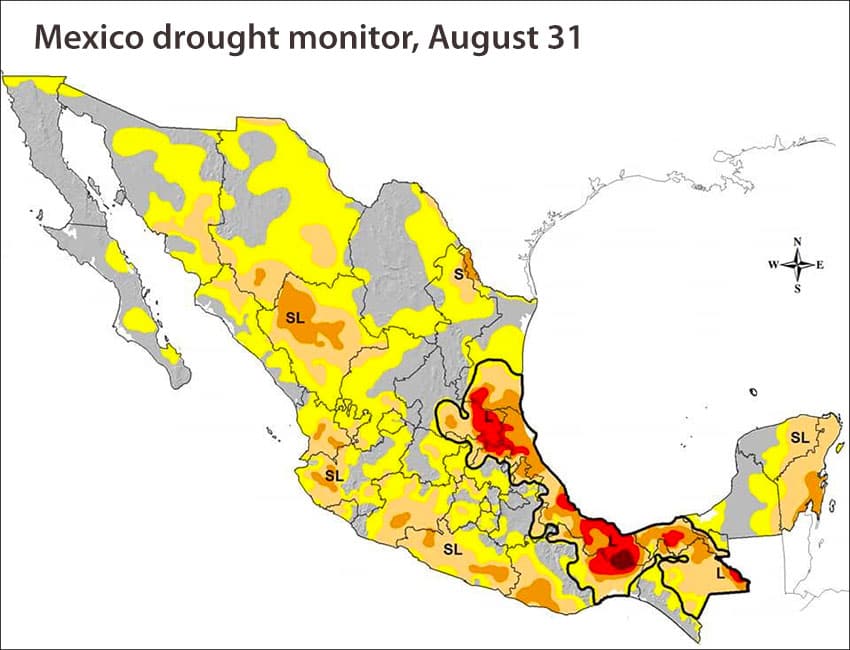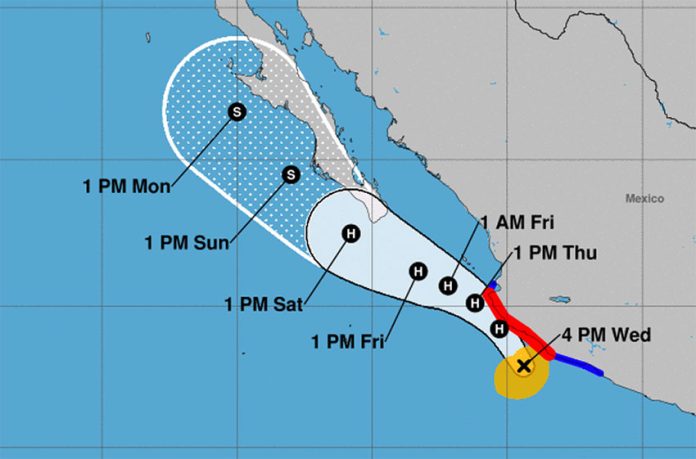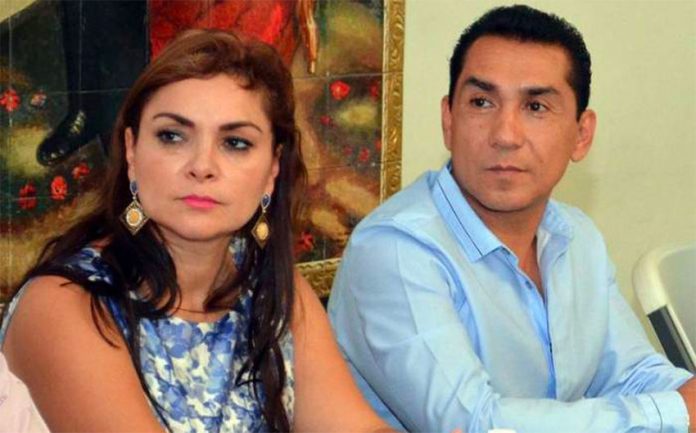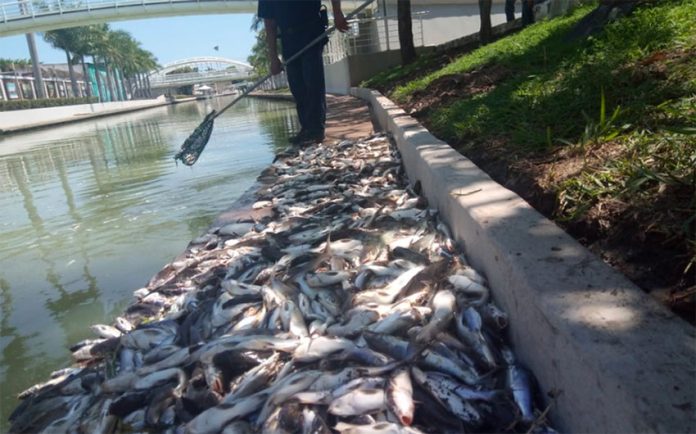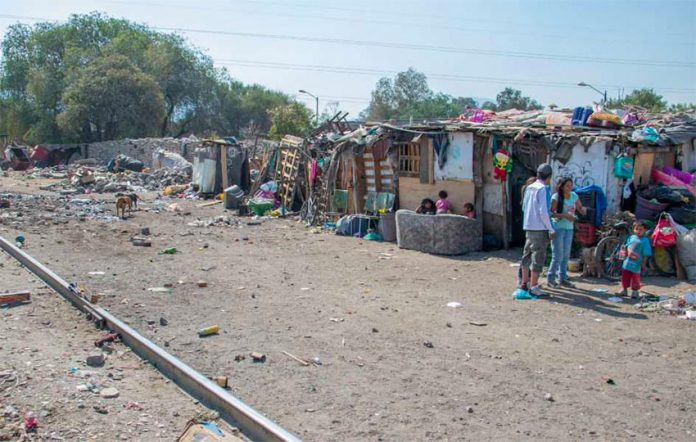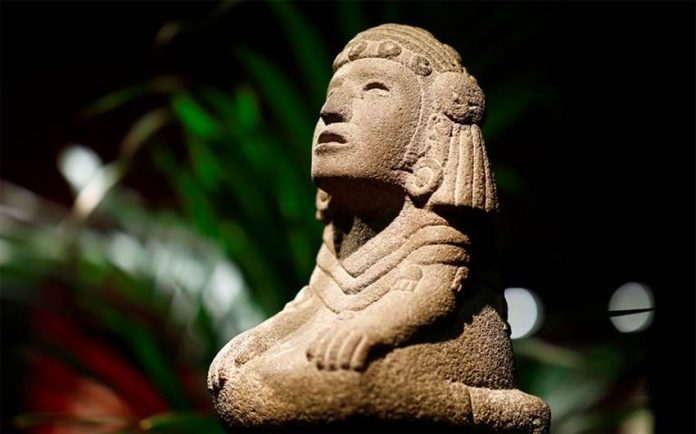On days when I’m feeling brave I say to parents directly, “Your child is going to die.” It’s shocking and a little cruel, but I’m a big believer in a little bit of acrimony being preferable to possible death or injury. I don’t just say this arbitrarily to random people, of course.
I say it because the children are not only not in car seats or buckled into seatbelts, but are often sitting in their parents’ laps in the front or even hanging out the window of a moving car. Standing up in the middle of the two front seats is also a popular station for small children. One quick stop for any reason and the child’s head would easily go through the windshield.
Once I thought a Facebook friend had seen the light on vehicle safety when I saw she’d posted a picture of an entire family (parents, two small children and a dog) on a motorcycle, but it turned out she was just really, really touched that the dog had been included in the family outing.
All these situations seem, inexplicably, A-OK with most parents — at least in my city they do, which tells me that we are in dire need of a vehicle safety campaign geared toward drivers, passengers and especially parents.
The statistics are clear: for all age groups, automobile accidents are among the leading causes of death, and for those aged 5-9, it is the No. 1 cause of death. For younger ones, birth-related illnesses come first, though car accidents don’t follow far behind. For those in their teens and 20s, the statistics aren’t much better: only homicide is a bigger cause.
The leading cause of vehicular accidents is of course “human error;” this encompasses behaviors we witness every day like motorists driving under the influence of alcohol or drugs, using their cell phones, not keeping their distance from the car in front of them, speeding and passing on the right.
I personally suspect, though admittedly do not have the statistics to back this up, that the combination of poor infrastructure and unclear traffic guidelines that can be found in so many places is also to blame. After all, drunk drivers have a higher chance of getting home in one piece and without killing anyone if they’re not swerving to avoid potholes or adjusting to suddenly-narrowed streets along the way.
Those of you who read my columns here and elsewhere know that I am loathe to criticize almost any aspect of my host country’s culture, preferring to take a cheerfully relativist approach in most situations.
I’ve been known, however, to get a bit cynical at times. I darkly joke that Mexico’s motto is “Safety Third!” as I trip over yet another step that has no sense being there or step out onto a tiny fourth-floor balcony with no railing around it.
It’s not that I enjoy being macabre and harsh. But the combination in the United States of strict traffic laws enforced by an active police force and videos of gruesome deaths that nearly every driver has watched in driver’s education class is pretty effective. This is one of the few areas in which I feel, frankly, completely justified in my cultural chauvinism.
In its defense, Mexico is not unique in its apparent collective disregard for traffic safety; indeed, most of the world’s car accidents and deaths happen in low- and middle-income countries.
As in many areas, this is an example of how technology and habit has grown more quickly than the laws, norms and culture where they have developed. Cars are faster, distractions are greater and ubiquitous, infrastructure is more strained than ever, and our cities are packed. The infrastructure and law — and the structure for enforcing those laws — have simply not kept up with the changing times.
Mexican parents don’t love and care about their children any less than their more safety-obsessed neighbors to the north. They tell themselves they’re driving safely, no pasa nada, that they’re only going a short distance. On top of this, car seats are quite expensive and difficult to install, adding an annoying learning curve to something that’s already seen as an inconvenience.
What they fail to think of, however, seems to be this: even if one drives slowly and attentively with all the care in the world, we can’t control other drivers or prevent them from plowing into us. Even if we’re not unpredictable ourselves, other drivers certainly are.
Most parents here simply haven’t had the nightmarish visions of the ghastly deaths of their children in vehicles to remind them of the importance of car safety. How do we get them to think about these unpleasant things to the point that they’re willing to sacrifice their children’s discomfort and temporary happiness — a value given much more weight here in Mexico than in many other places — for safety? Education.
Currently transit laws vary widely by state, but safety campaigns don’t have to, and there’s no reason they can’t be successful. I’ve got 10 ideas for billboards to plaster around our cities right now! Subsidies toward car seats or credits in other areas for having them (or even working seatbelts) could also be quite effective.
There are many smart, driven inventors in Mexico: imagine if just a few of them put their intelligence and efforts into developing cost-effective portable car seats that could be quickly installed in vehicles without functioning restraint systems. We’d have safer passengers, the pride of Mexican-invented and produced products, and a new industry on top of it!
We can’t control everything, but drastically lowering the odds of death and injury in vehicles is something we can do. All of us — especially our kids — deserve those odds.
Sarah DeVries writes from her home in Xalapa, Veracruz.
